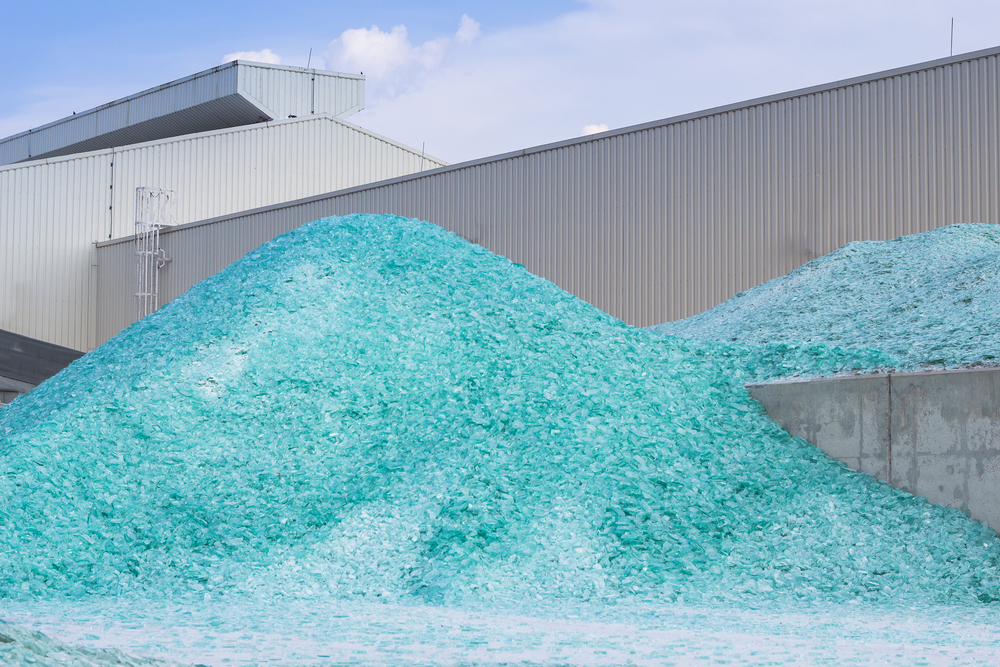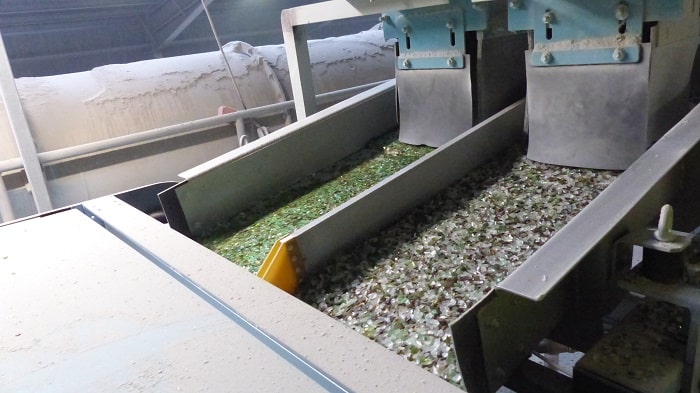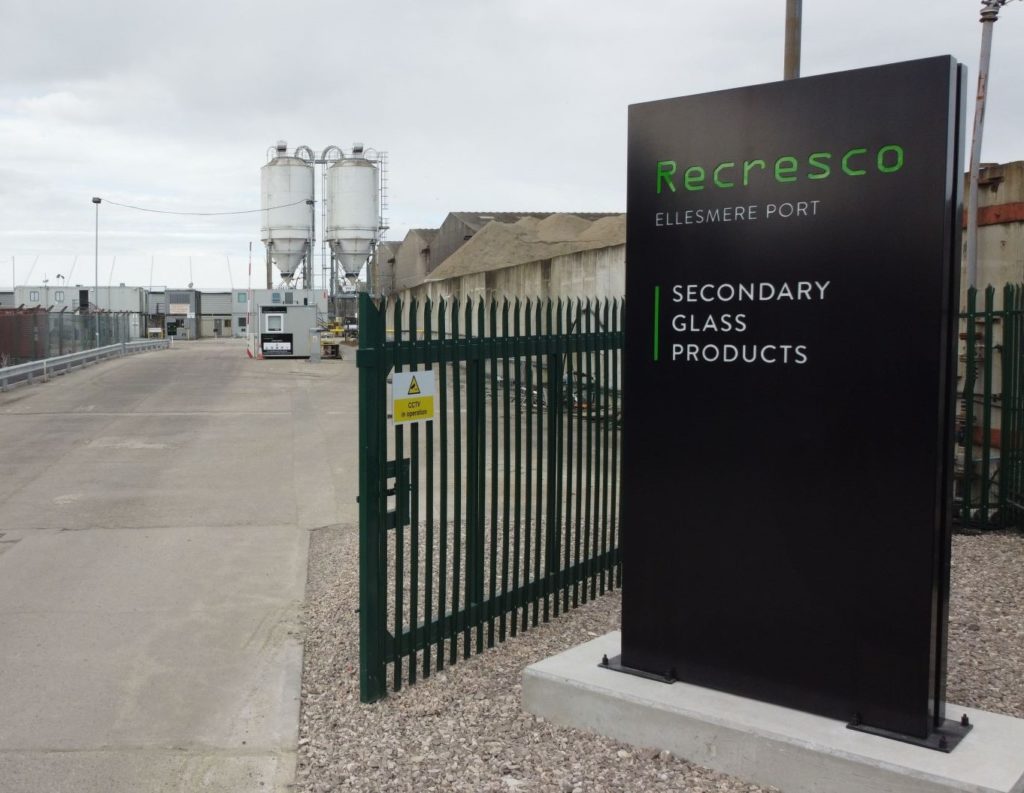The market development agency unveiled a new BSI PAS 101 national specification for recovered container glass in October 2003 (see letsrecycle.com story). However, during the standard's development the companies involved found it difficult to determine contamination levels for inorganic materials in the glass.
So now WRAP has now commissioned Glass Technology Services to develop sampling and test methods to be incorporated into the BSI standard, targeting contamination by inorganic materials such as brick, concrete, stones and ceramics.
Andy Dawe, material sector manager for glass at WRAP, said: “These methods will be used at the point of receipt of the waste container glass at the processor's site and must not be overcomplicated or too time consuming for site personnel.”
He added: “Once agreed, the tests will be used to determine current contamination levels of inorganic material at the point of unloading and this information will allow the project partners to set contamination limits for the four cullet grades which will be incorporated into a future revision of PAS 101.”
The Local Authority Recycling Advisory Committee (LARAC) and a number of UK glass processors will be working on the project with Glass Technology Services.
David Richardson, technical director at glass recycling firm Viridor Richardson, said: “The work WRAP is doing to inform the quality requirements for cullet is extremely innovative and useful and will, through an increase in transparency and professionalism, benefit glass suppliers and processors alike. It will also underpin the value of PAS 101 to the glass processing industry in the future.”
Glass is one of five focus material streams for WRAP, which has set a target for 2004 to recycle 35% of municipal waste glass a year and create capacity for an additional 100,000 tonnes a year through new uses of recovered glass.









Subscribe for free